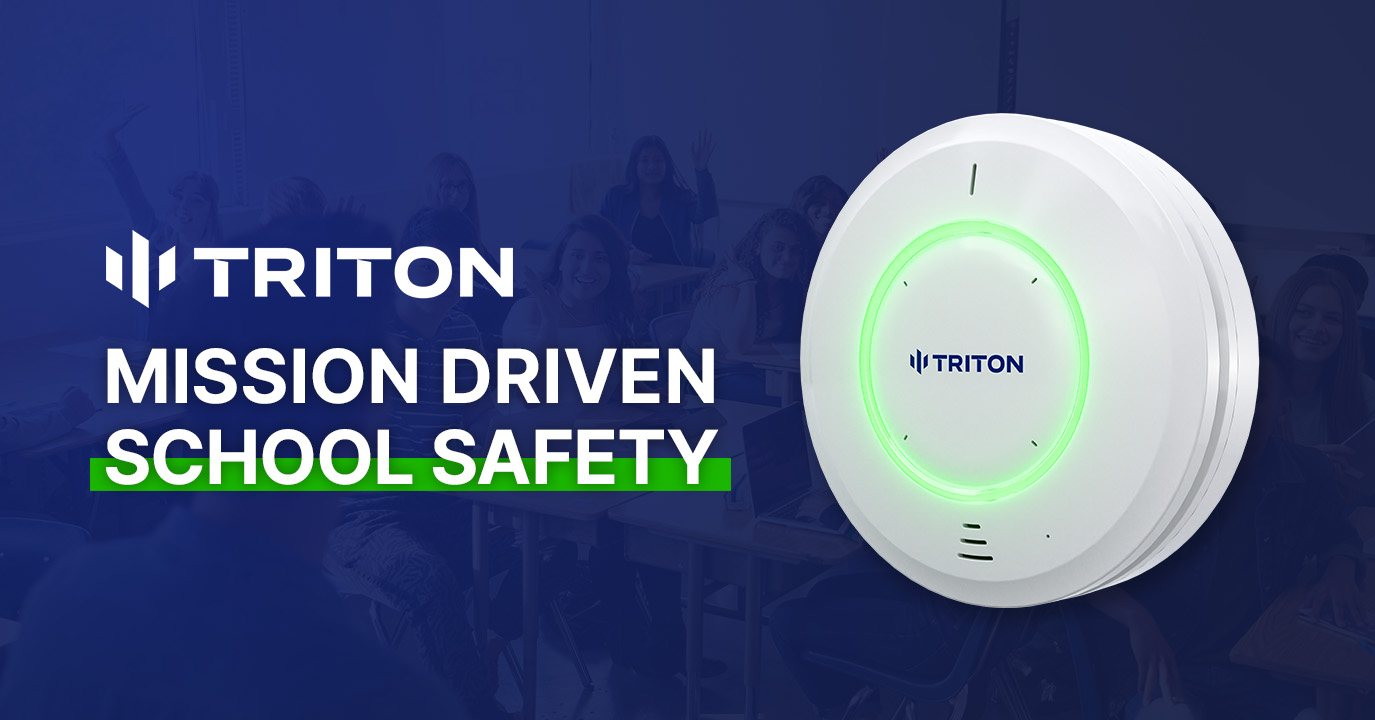At one point, vaping was unstoppable at school. Students would sneak into bathrooms during classes, where the flavored nicotine and THC vapors disappeared without trace. Teachers and administrators felt powerless until districts began turning to a new line of defense: the vape detector.

Schools across the nation have been reporting huge successes and proving how innovative technology can be in fighting the smoking epidemic.
A Case Study: Lower the use of tobacco by 83 percent within 10 Weeks
Luling Independent School district was faced with an extremely serious issue with smoking. Despite warnings from school authorities and the implementation of more stringent policies, some students still smoking in lockers and bathrooms. room. Smoke alarms do not work to detect vapor and staff members can’t be everywhere all at once.
For a test for the district, they installed vape detectors on schools in March. The results were quite impressive. The amount of smoking vapes decreased dramatically within five weeks. In ten weeks’ time the rate of vaping had decreased by 83%..
Administrators reported success that went beyond numbers. Teachers reported less disruptions and students were able to comprehend that smoking vapes will not go unnoticed.
Match Charter Schools also enjoy similar success
Another excellent example is the Match Charter Schools, which had a difficult time with middle and high school smoking. They put in place a series of smoke detectors to detect vape in August, their impact was immediately felt.
In December, less than 4 months following the first report, administrators notified of an 80% drop in the number of vaping incidents. Parents and students praised the school for making concrete efforts to safeguard students, while teachers noted a marked decrease in bathroom and hallway crowding.
These two districts illustrate what is becoming a growing tendency: schools that implement vape detection have seen tangible improvements in their behavior and overall security.
What makes vape detectors effective?
The technology that is behind these results is the reason they are possible. Modern vape detectors do more than detect vapors, but they also track the quality of the air, measure occupancy levels and provide real-time alerts to employees. Administrators no longer need to rely upon guesswork or reports that are based on after-the-fact data.
The detectors were designed to safeguard your privacy. No cameras. No audio recording. No audio recordings. All you need is instant, precise data to assist schools to act quickly without violating the rights of students.
The combination of efficiency, compliance and affordability makes vape detectors the most efficient safety tool that schools can use today.
The Safety Net Expands Beyond Vaping
The thing that many administrators don’t realize is detectors aren’t only used to stop vaping. The most recent systems can detect loud sounds, keywords which are connected to vandalism and emergencies.
The detector can alert staff if, for example students start to wander around a restroom. Staff members can be immediately alerted in the event that someone shouts a distress keyword such as “help”. Vape detectors in schools may form part of a wider plan to prevent dangers to health and violence.
Why Parents and Boards Should Support Vape Detectors
One often-overlooked benefit is the trust that results from transparency. Schools using detectors can generate reports that show clearly the developments in vaping. These reports can be distributed to schools, community groups as well as parents to prove the effectiveness of the measures implemented.
Parents react positively, especially when they are able to observe tangible outcomes. Vape detectors don’t only catch students. It also protects their health and sends a message that vaping isn’t a suitable activity for schoolchildren.
The Recommendation is a Proven Path to Success
The past few years, vaping was thought like a secret war that schools could not take on. However, studies of cases that were conducted in different districts across the nation prove that it isn’t the case. By using a vape detector administrators can detect incidents in real-time and discourage dangerous behavior and provide safer spaces for students.
The epidemic of vaping isn’t quite over, but there is a turning of the tide. Schools that are investing in vape detection technologies don’t just respond to an issue, they’re actively paving the way towards more sustainable future.
Conclusion
Technology is working in schools from Texas to Massachusetts. Vape alarms of today do more than alert. It changes the way that students behave, builds trust and offers an effective solution to the major health problems facing today’s students. Vape detectors are now common in any school district that is concerned about safety.